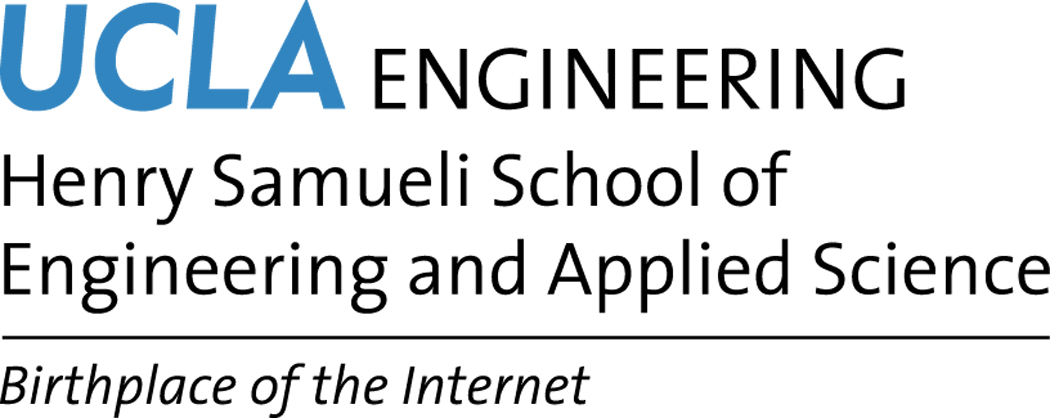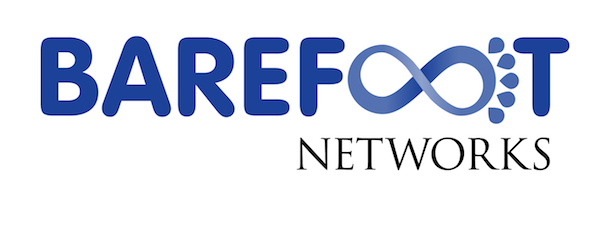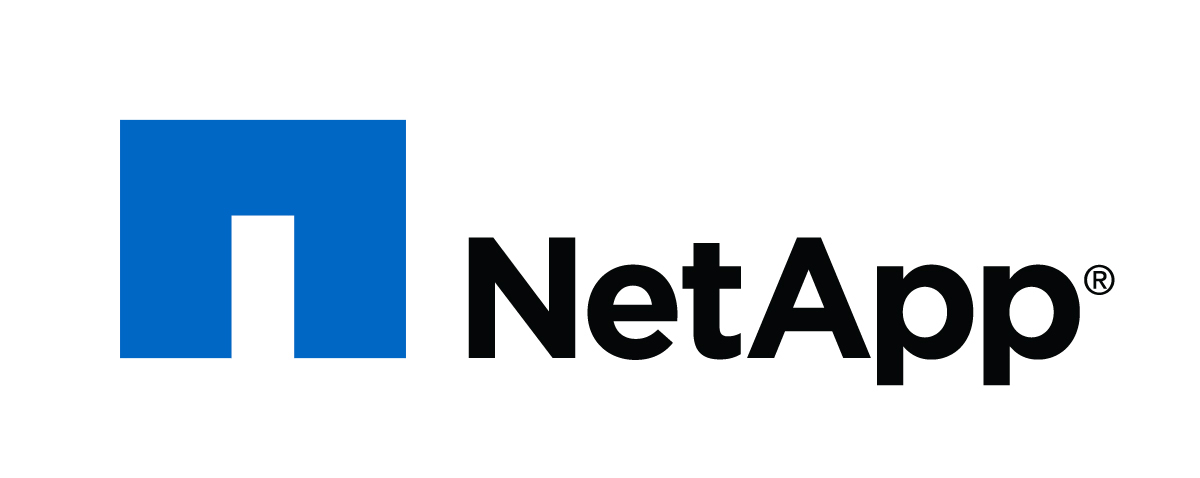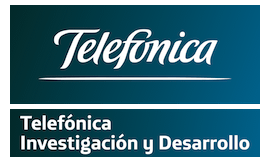ACM SIGCOMM 2017 Workshop on Mobility in the Evolving Internet Architecture (MobiArch’2017)
Workshop Program
- Opening Remarks
- Keynote 1: Collaborative Mobile Charging: From Abstraction to Solution
-
TBD
- Coffee Break
- Session 1: Management and QoS
-
BlueSkyNet: BLE Multi-Hop Network Management Architecture
Makito Kano (Intel Corporation)
-
Abstract:
Bluetooth Low Energy (BLE) is aimed for Internet of Things (IoT) devices with limited battery capacity and small bandwidth. Despite the increasing number of IoT devices and the improving performance of BLE, the usage model is still limited to point-to-point with no mobility. This limitation prevents the devices to spread across a large field or a home. While multi-hop technologies had been studied and commercialized, they do not fully take advantage of the BLE’s low-power feature; and their configurations cannot easily be changed once the network is deployed. We have designed an architecture called BlueSkyNet. It allows network administrators to form and manage a BLE multi-hop network that allows nodes to be mobile. It takes advantage of the improving performance of BLE, and allows the network configurations to be modified in a software-defined way.
-
-
A NEAT Approach to Mobile Communication
Per Hurtig, Stefan Alfredsson, and Anna Brunstrom (Karlstad University), Kristian Evensen (Celerway Communications), Karl-Johan Grinnemo (Karlstad University), and Audun Fosselie Hansen and Tomasz Rozensztrauch (Celerway Communications)
-
Abstract:
The demands for mobile communication is ever increasing. Mobile applications are increasing both in numbers and in heterogeneity of their requirements, and an increasingly diverse set of mobile technologies are employed. This creates an urgent need for optimizing end-to-end services based on application requirements, conditions in the network and available transport solutions; something which is very hard to achieve with today’s internet architecture. In this paper, we introduce the NEAT transport architecture as a solution to this problem. NEAT is designed to offer a flexible and evolvable transport system, where applications communicate their transport-service requirements to the NEAT system in a generic, transport-protocol independent way. The best transport option is then configured at run-time based on application requirements, network conditions, and available transport options. Through a set of real life mobile use case experiments, we demonstrate how applications with different properties and requirements could employ the NEAT system in multi-access environments, showing significant performance benefits as a result.
-
-
Popularity-aware Intra-domain Mobility Management
Vasilios A. Siris (Athens University of Economics and Business)
-
Abstract:
We present and evaluate a popularity-aware intra-domain mobile content management model based on which the Name Resolution System (NRS) is updated with the current location of mobile content only when the content has sufficiently high popularity and sufficiently low mobility. Specifically, the current location of mobile content is updated only when the overall cost of location updates is smaller than the cost of broadcasting location queries. On the other hand, the location of content with low popularity and high mobility that is not tracked by the NRS is discovered by broadcasting location queries. Our evaluation investigates how the performance gains of the proposed model, in terms of reduced total signaling cost and reduced memory requirements of the NRS, depend on the aggregate content request rate, content mobility (rate of content location changes), number of content objects, content popularity, and correlation between content popularity and mobility.
-
- Session 2: Application and Security
-
A Robust Sign Language Recognition System with Multiple Wi-Fi Devices
Jiacheng Shang and Jie Wu (Temple University)
-
Abstract:
Sign language is important since it provides a way for us to the deaf culture and more opportunities to communicate with those who are deaf or hard of hearing. Since sign language chiefly uses body languages to convey meaning, Human Activity Recognition (HAR) techniques can be used to recognize them for some sign language translation applications. In this paper, we show for the first time that Wi-Fi signals can be used to recognize sign language. The key intuition is that different hand and arm motions introduce different multi-path distortions in Wi-Fi signals and generate different unique patterns in the time-series of Channel State Information (CSI). More specifically, we propose a Wi-Fi signal-based sign language recognition system called WiSign. Different from existing Wi-Fi signal-based human activity recognition systems, WiSign uses 3 Wi-Fi devices to improve the recognition performance. We implemented the WiSign using a TP-Link TL-WR1043ND Wi-Fi router and two Lenovo X100e laptops. The evaluation results show that our system can achieve a mean prediction accuracy of 93.8
-
-
Privacy-preserving Quantified Self: Secure Sharing and Processing of Encrypted Small Data
Hossein Shafagh and Anwar Hithnawi (ETH Zurich)
-
Abstract:
The emergence of a plethora of wearables and sensing technologies has enabled non-intrusive digitization of our daily physical activities. Emerging applications utilize such data to make inferences about our physiological and health states, provide health diagnosis, and contribute to wellbeing improvements. The common approach for such applications is to collect data, either using mobile applications or special hardware, e.g., wearables, and store them on a third party storage provider. This results in many unconnected data silos of self-quantification data. Researchers and industry, advocate for a common personal storage space, to conquer the myriad of small chunks of data, deemed to be lost/forgotten in the long term. The benefits of such co-located personal data are tremendous, specifically with regards to personalized medicine, treatment, and health care. However, the centralized storage of data exacerbates the privacy and security concerns that the IoT ecosystem is facing today. In this position paper, we advocate the necessity of privacy and security guarantees for the paradigm of co-located storage of personal health data. We envision two core security functionalities: true end-to-end encryption, such that only encrypted data is stored in the cloud and secure sharing of encrypted data, without disclosing data owner’s secret keys. We discuss the challenges in adopting such an end-to-end encryption paradigm while preserving the cloud’s basic processing functionalities over encrypted data and how to cryptographically enforce access control.
-
- Lunch Break
- Session 3: Content Centric Networking
-
DICE: Dynamic Multi-RAT Selection in the ICN-enabled Wireless Edge
Gaurav Panwar, Reza Tourani, Travis Mick, Abderrahmen Mtibaa, and Satyajayant Misra (New Mexico State University)
-
Abstract:
Coupled with the rapid increase in mobile device users and the bandwidth and latency demands are the continuous increase of devices’ processing capabilities, storage, and wireless connectivity options. The multiple radio access technology (multi-RAT) is proposed to satisfy mobile users’ increasing needs. The Information-Centric Networking (ICN) paradigm is better tuned (than the current Internet Protocol approach) to support multi-RAT communications. ICN eschews the connection-based content retrieval model used today and has desirable features such as data naming, in-network caching, and device mobility–a paradigm ripe for exploration.
We propose DICE, an ICN forwarding strategy that helps a device dynamically select a subset of its multi-RAT interfaces for communication. DICE assesses the state of edge links and network congestion to determine the minimum number of interfaces required to perform data delivery. We perform simulations to compare DICE’s performance with bestroute2 and multicast strategies (part of the named data networking simulator, ndnSIM). We show that DICE is the best of both worlds: providing a higher delivery ratio (0.2–2 times) and much lower overhead (by 2–8 times) for different packet rates.
-
-
The Named-Object Abstraction for Realizing Advanced Mobility Services in the Future Internet
Francesco Bronzino (Inria, Paris) and Shreyasee Mukherjee and Dipankar Raychaudhuri (WINLAB, Rutgers University)
-
Abstract:
This paper presents a new abstraction called “Named-Objects” for enabling flexible and advanced mobility services in the future Internet. The concept of named objects falls under the broad category of “information centric networks (ICN)” and is based on the assignment of a globally unique identifier to all Internet attached objects while separating this “name” from the routable “address” or “locator”. The named object approach is supported by a global name resolution service (GNRS) which dynamically maps names to addresses while also providing supplementary service information where desired. The named object is outlined and exemplary mobility related services including device mobility, multihoming and multicast are discussed and compared with alternative ICN designs.
A qualitative and quantitative evaluation of the named object architecture is given relative to alternative ICN designs such as Content Centric Networking (CCN) as well as name-based protocols evolved from IP, i.e. HIP and LISP. Results of the evaluation are given to demonstrate that the proposed named object abstraction provides superior performance for a sample set of mobility services and this has the potential to serve as a foundation for future mobile network protocols.
-
-
Receiver Mobility in Vehicular Named Data Networking
Joao M. Duarte and Torsten Braun (University of Bern, Switzerland) and Leandro A. Villas (University of Campinas, Brazil)
-
Abstract:
This work investigates the topic of Vehicular Named Data Networking (VNDN). We propose a new VNDN routing protocol and address the negative effects caused by receiver mobility. In particular, we identify the problem of Reverse Path Partitioning (RPP) that often prevents Data messages from reaching Content Requesters, degrading application performance. To mitigate RPP we propose a mechanism called Auxiliary Forwarding Set (AFS). AFS takes several mobility factors as inputs and extends the NDN core philosophy by identifying an extra set of eligible nodes to forward Data messages whenever retransmissions are required due to RPP. Simulation results show that AFS is an efficient and scalable solution to improve VNDN application performance regardless of receiver mobility.
-
- Coffee Break
- Keynote 2
-
Platforms for Advanced Wireless Research (PAWR)
Stefano Basagni and Abhimanyu Gosain (North Eastern University)
Call For Papers
We are living with exponential increase of mobile data traffic today due to the unprecedented growth of portable devices, Machine-to-Machine (M2M) communications, and user-generated content sharing; together with the growth of computing power of mobile devices, it is widely recognized that we are experiencing the transformation of the network infrastructure from a hardware-dominated landscape to an increasingly virtualized, software-defined, and cloud-based system. As these trends continue, a reexamination is urgently required for the architecture of the mobile-centric Internet. Particularly, there is a need to deal with new opportunities and challenges as a result of the support of massive amount of shared content and processing functionality, the availability of software defined architectures and of possibly dynamic/mobile virtualized network functions, the computational/storage support from both the cloud and edge/fog computing, and the emerging spectrum access techniques.
In particular, the explosion of user-generated data and the emergence of cloud-based mobile services are leading to the collection of vast amount of user mobility data as well as network measurement data. In this context, various networking challenges rise such as seamless IP mobility management, need for novel algorithms correlating user mobility and application usages, the online or offline exploitation of large amount of mobility and usage data from access networks and user devices, the possibility of offloading computing/storage tasks from mobile hosts to both the cloud and edge nodes, innovative algorithms correlating traffic offloading to content offloading and application offloading as a consequence of mobile data analysis, pattern inference and estimation, multi-connectivity technology exploitation for quality of service, extreme reliability in challenged scenarios with network function virtualization, etc.
To tackle these hard technical and organizational challenges, various issues need to be addressed, such as efficient mobility management and optimization, multi-homing, efficient transport over heterogeneous wireless access options, users’ incentives to reduce network congestion, incentives for network providers to deploy new/alternative mobile Internet infrastructures, incentives for service developers/providers to define new mobile services, efficient and quality-aware mobile multimedia content distribution, information-centric and mobility-aware networking solutions, collection and management of mobile M2M data in a 3-layer infrastructure with edge/fog computing and the cloud, new business models for mobile data, security and privacy, as well as related operational concerns and legal issues.
Topics of Interest
Within the above sketched perspective, we welcome submissions from both academia and industry that explore challenges in architectures, algorithms, protocols, middleware, and technologies in the current Internet or in the future clean-slate Internet. We focus on new network design for high performance mobile applications and services, efficient support of mobile contents, software-defined architectures, data-driven mobile network management, as well as cloud/fog-aware architecture and services. We also encourage work-in-progress and position papers that describe highly original ideas, present new directions, or have the potential to generate insightful provocative discussion at the workshop.
We invite submissions in the following non-exhaustive list of topics:
- Architectures and protocols for mobility support at all layers of the Internet protocol stack, as well as cross-layer approaches
- Architectures and protocols for mobile edge/fog computing
- Architectures and protocols for the efficient integration of cyber-physical sensors/actuators, edge nodes, and the cloud, with offloading opportunities in the different layers
- Future Internet architecture for efficient mobility support
- Mobile network management and architecture design with data analysis and learning, in particular with reference to the technical challenges of big data and M2M data
- Software defined and/or cloud–assisted mobile networking
- Network virtualization in the mobile Internet architecture
- Impact of connected vehicles (and associated Vehicle-to-Vehicle/Vehicle-to-Infrastructure communications) on Internet architecture design
- Impact of device-to-device communications (e.g., WiFi Direct, LTE Direct, etc.) on Internet architecture design
- Mobile data sensing and fusion, in particular with reference to the technical challenges of big data and M2M data
- Impact of Information Centric Networking on mobile and wireless networks
- Cognitive networks design for mobile systems and applications
- Seamless mobility and mobility-prediction-enhanced techniques in heterogeneous networks
- Location management, positioning, and data management for wireless and mobility
- Accounting, access control, security, and privacy issues and their impact on the Internet architecture
- Social, economic, scalability, and deployment issues
- Large-scale pilots, deployment experiences, experimentation, and quantitative performance assessment of innovative mobile Internet architectures
Submission Instructions
Submissions must be original, unpublished work, and not under consideration at another conference or journal. Submitted papers must be at most six (6) pages long, including all figures, tables, references, and appendices in two-column 10pt ACM format. Papers must include author names and affiliations for single-blind peer reviewing by the PC. Authors of accepted papers are expected to present their papers at the workshop. Accepted papers will be published in the ACM Digital Library.
Paper registration and submission can be done via HotCRP at: https://sigcomm17mobiarch.hotcrp.com/.
Important Dates
-
March 17, 2017March 31, 2017Submission deadline
-
April 28, 2017Acceptance notification
-
May 26, 2017
Camera ready deadline
Authors Take Note
The official publication date is the date the proceedings are made available in the ACM Digital Library. This date may be up to TWO WEEKS prior to the first day of your conference. The official publication date affects the deadline for any patent filings related to published work.
Committees
- Workshop Co-Chairs
-
Paolo Bellavista
University of Bologna
-
Katherine Guo
Nokia Bell Labs
- Steering Committee
-
Jon Crowcroft
University of Cambridge
-
Xiaoming Fu
University of Goettingen
-
Katherine Guo
Bell Labs Research
-
Michele Nogueira
Federal Univ. of Parana
-
Stefano Secci
UPMC
- Technical Program Committee
-
Thomas Michael Bonhert
ZHAW
-
Jiannong Cao
Hong Kong Polytechnical University
-
Xu Chen
University of Goettingen
-
Xiuzhen Cheng
George Washington University
-
Aaron Yi Ding
Technical University of Munich
-
Ashutosh Dutta
Columbia University
-
Marco Fiore
CNR
-
Xiaoming Fu
University of Goettingen
-
Toru Hasegawa
Osaka University
-
Pan Hui
HKUST/DT Innovation Laboratories
-
Rittwik Jana
ATT
-
Lito Kriara
Disney Research
-
Jeremie Leguay
Huawei
-
Wenzhong Li
Nanjing University
-
Thomas Magedanz
Fraunhofer Fokus
-
Tamer Nadeem
Old Dominion University
-
Michele Nogueira
Federal University of Parana
-
Kaushik Roy
Northeastern University
-
Stefano Secci
UPMC
-
Peter Steenkiste
CMU




















